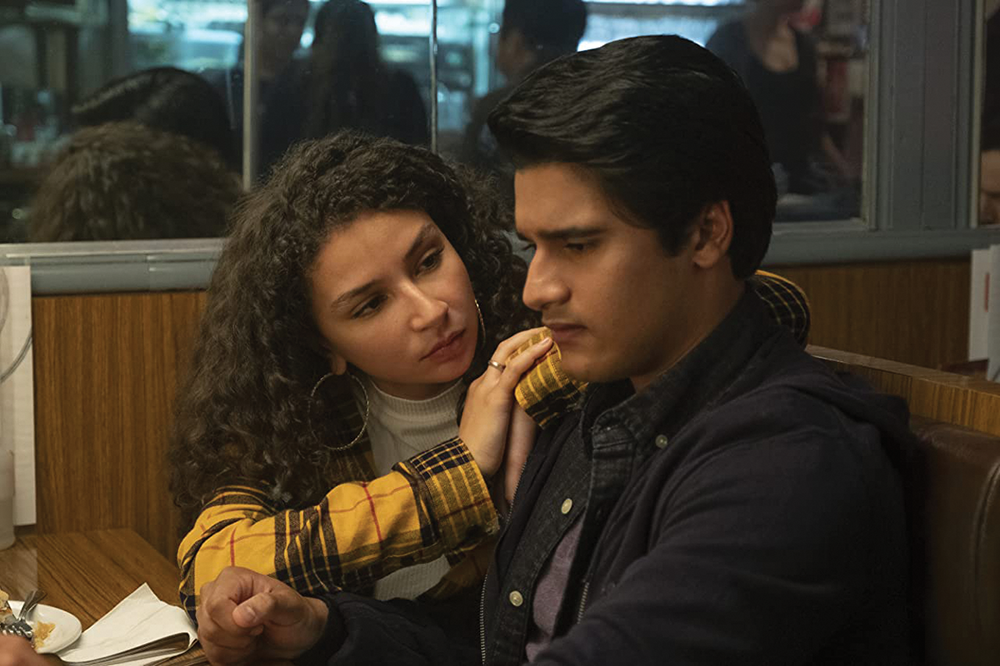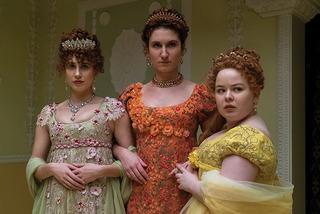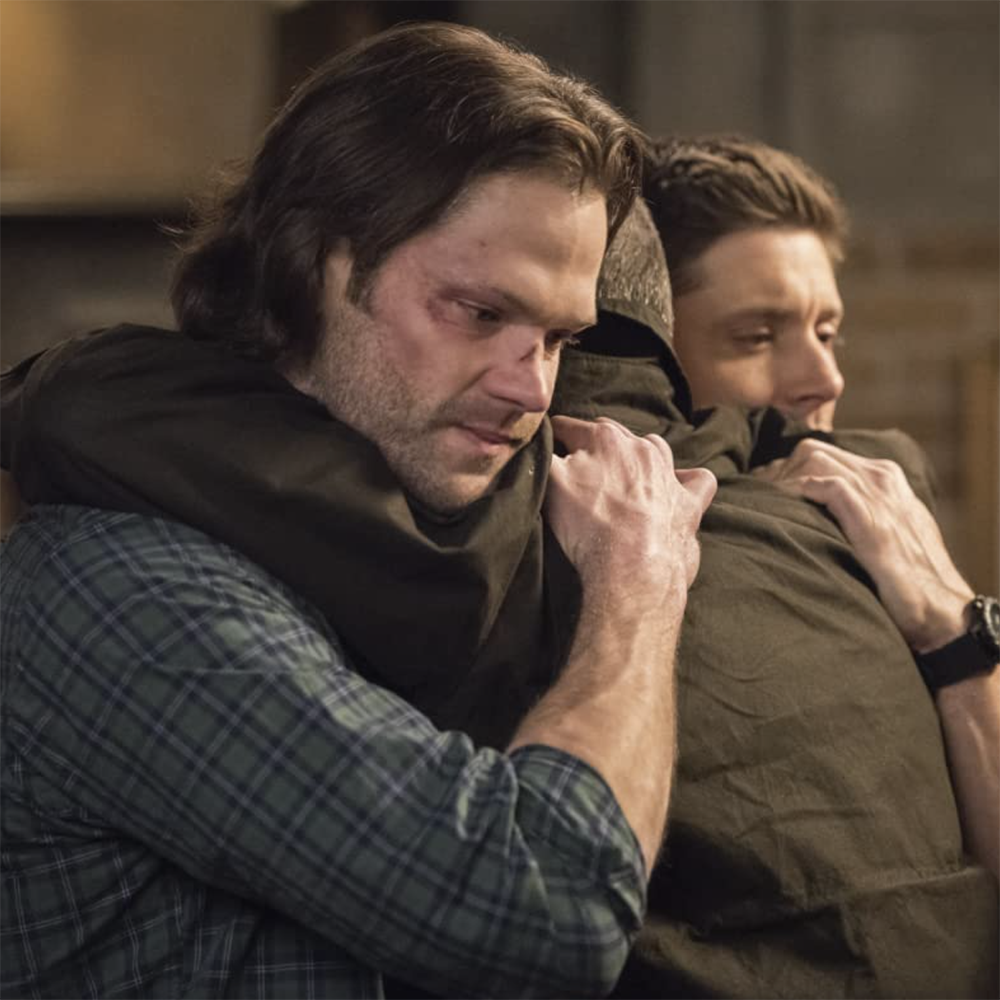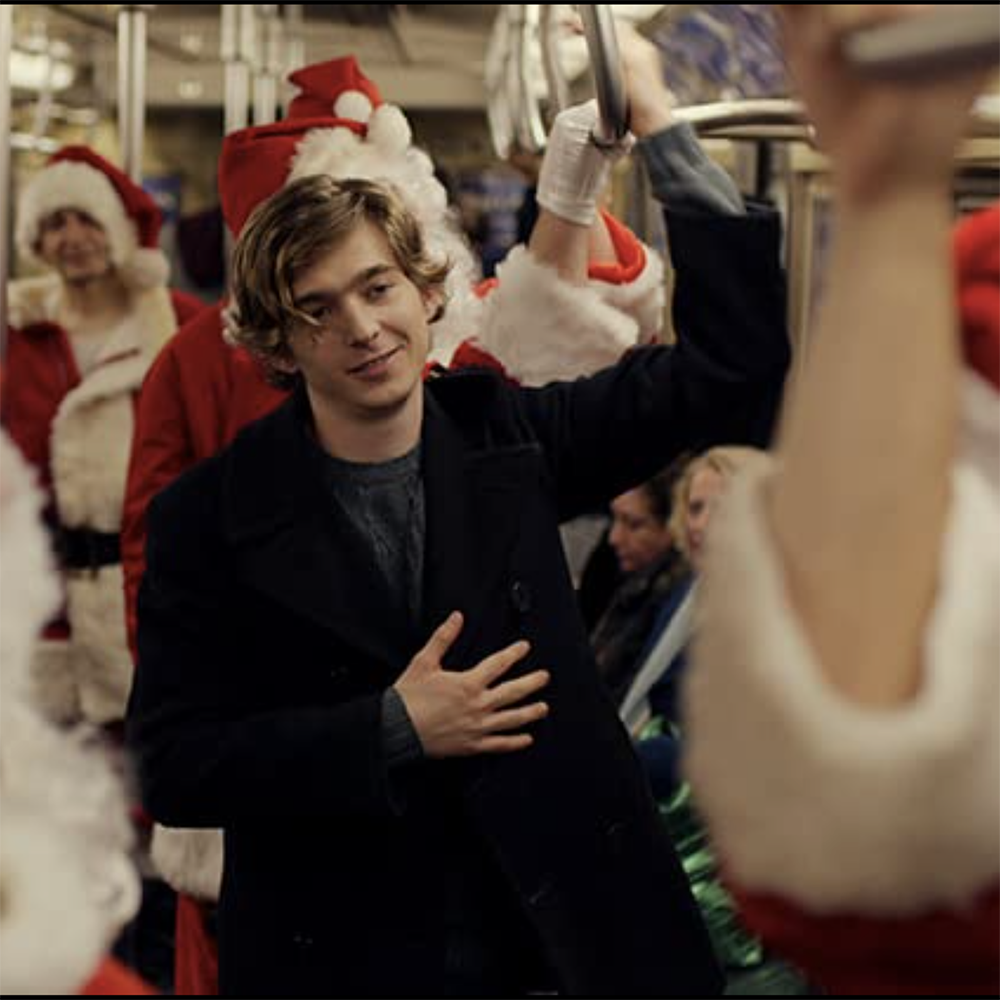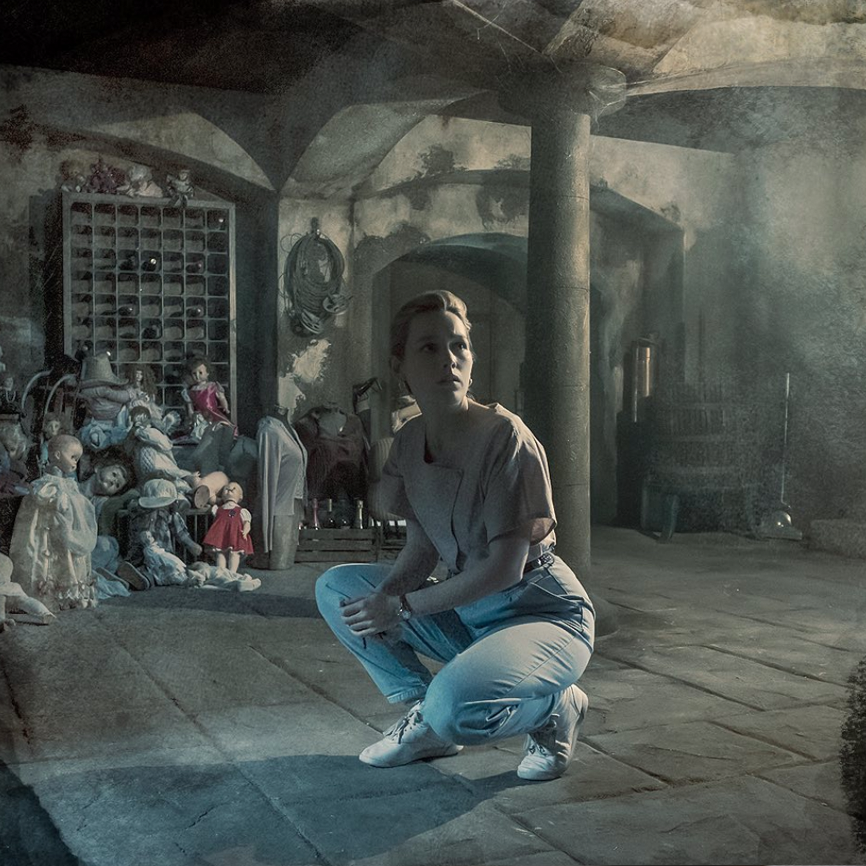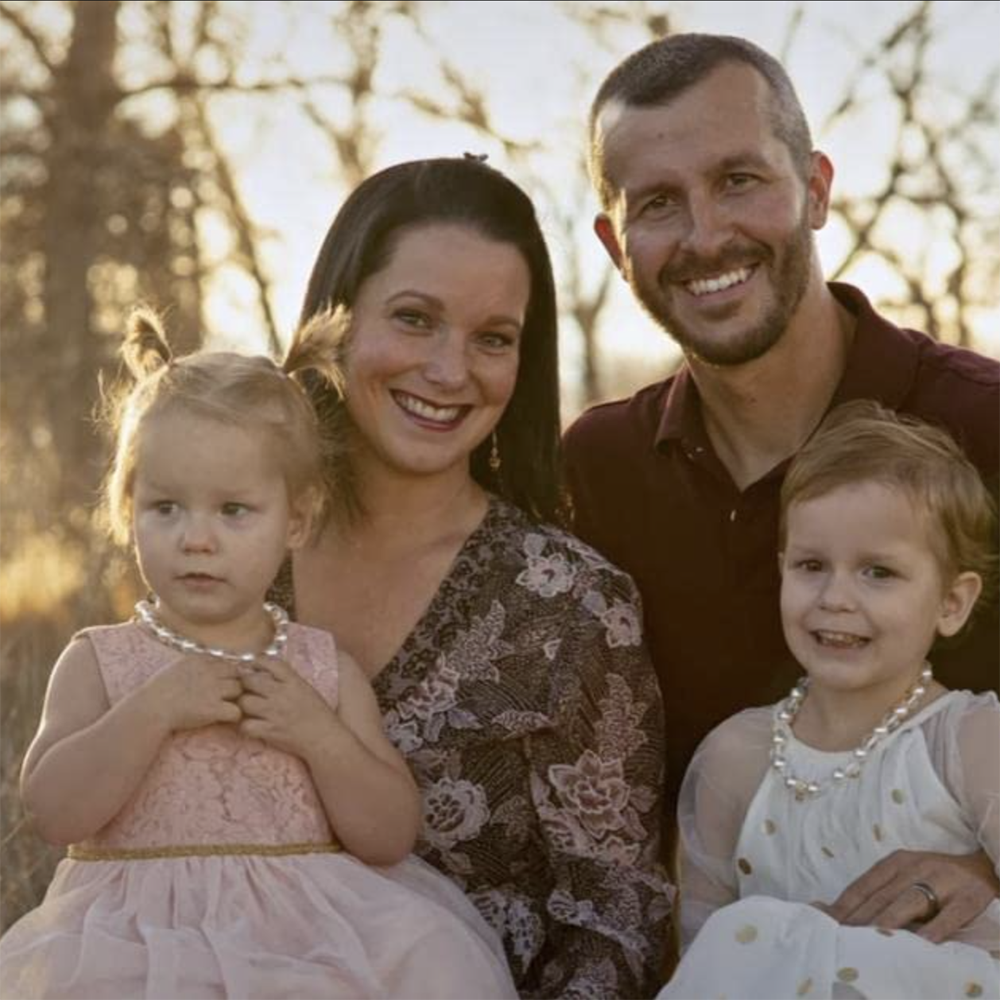★★★★☆
A pair of children’s bowling shoes drops to the ground in a 1960s Dallas alleyway, setting the stage for season two of Netflix’s “The Umbrella Academy,” known for its distinctive visuals and quirky aesthetics.
The fantasy world of this television series is based on the successful comics of Gabriel Bá and Gerard Way — previously of “My Chemical Romance” fame — in which seven superhero siblings, the Hargreeves, take center stage. Despite the surrealism of its premise, the show manages to incorporate impactful moral messaging that reflects on very real societal issues like bigotry.
Although season two of “The Umbrella Academy” may fall short on a few plot points, the show continues to be a musical and visual powerhouse. As the hype-filled soundtrack and carefully crafted aesthetics are supplemented by the acting skills of the show’s brilliant cast, there is no doubt this series will continue long beyond a third season.
The show’s hallmarks include sporadic violence, humorous wit and an impressive soundtrack. The second season delivers on these key identifiers and takes time to set a well-choreographed action sequence to an unconventionally paired but catchy tune, contributing to the show’s creation of a distinctive aesthetic. The composer of “The Umbrella Academy,” Jeff Russo, provides an unparalleled soundtrack for the show. Some memorable musical moments throughout the show include The Interrupters’ cover of Billie Eilish’s “Bad Guy,” a version of Adele’s “Hello” in Swedish and Generation X’s “Dancing with Myself.”
To make the production more impressive, this season features cinematic countryside scenes and often outlandish costuming by costume designer Christopher Hargadon. Perhaps the most notable of Hargadon’s creative inventions is the wardrobe of The Handler, a villain carried over from the first season who is a cross between Maleficent and Miranda Priestly of “The Devil Wears Prada.” In the 1960s setting, The Handler takes on increasingly complex updos and ensembles, including a blue ball gown adorned with jeweled spiders that arms her with an air of evil and charm.
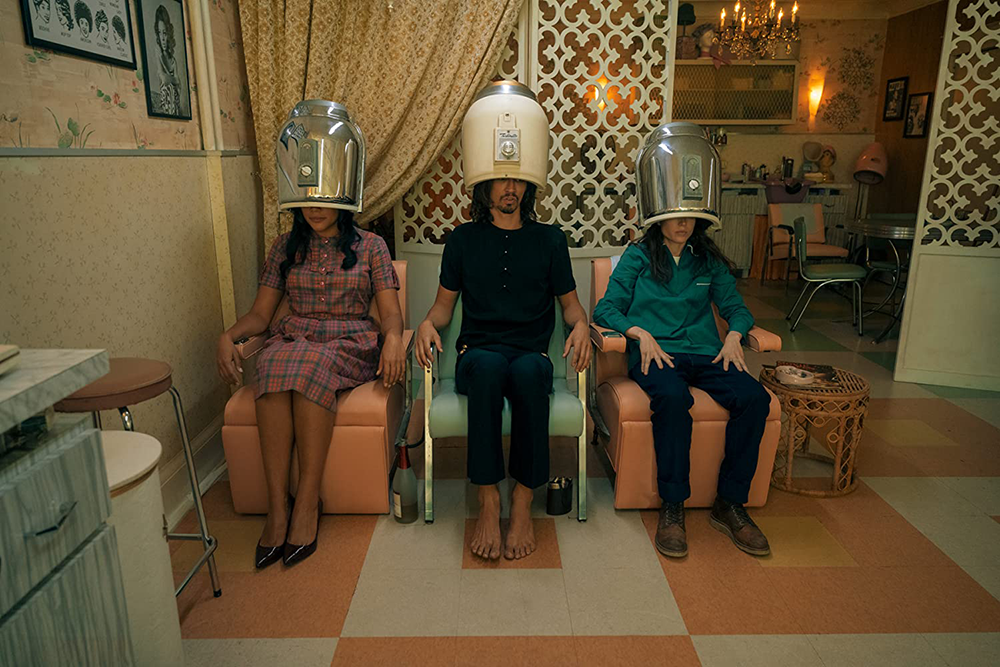
When it comes to content, “The Umbrella Academy” wastes no time tackling more widespread, serious issues than its first season, such as racism, homophobia and ableism. Although the historical context of the 1960s situates these issues in a far less progressive time, the writing carefully emphasizes that the task of addressing such harmful ideologies continues to be relevant.
Perhaps the most powerful scene in the second season depicts a civil rights sit-in and riot at a Dallas lunch counter. Watching the superheroes clash with white supremacists, in a scene that emulates Spike Lee’s “Do the Right Thing,” provides a more serious undertone to the plot by bringing real-world problems into a fantasy universe and enhancing the watching experience.
Season two does have its weaknesses, especially as it struggles to distinctively build off of the first season. Although season two does diverge from the plot of season one, some plot points return, sometimes excessively. Until the final episode of season two, the race-against-doomsday storyline carried over from the first season takes up much of the action and becomes somewhat dull.
Another weak plot point in the second season comes with the addition of three silent Swedish assassins. Although the three are able to convey emotion without words, their chemistry as partners-in-crime does not nearly match that of season one’s assassin team Hazel and Cha-Cha, and the Swedish assassins act as placeholder villains for many action sequences.
Luckily, the Hargreeves siblings’ incredible acting overshadows these shortcomings. Irish actor Robert Sheehan continues to delight, balancing humor and heartbreak in his role as Klaus Hargreeves at his most vulnerable state yet, as does Aidan Gallagher as Number Five. The breakout star of this season is undoubtedly Justin H. Min as Ben Hargreeves. Min is able to bring tears to the audience’s eyes even though his character is technically deceased, and his chemistry with Sheehan and Ellen Page as Vanya makes every episode evoke an emotion, whether it is hilarity or mourning.
Notable character additions to the series include Ritu Arya as the cheeky and mysterious Lila Pitts and Justin Paul Kelly as Harlan Cooper, a young autistic boy. Although the two were not necessarily given the opportunity to show the full extent of their acting chops because of their limited screen time, they will undoubtedly shine in their likely next season.
“The Umbrella Academy” is undoubtedly a series on the up-and-up, given its idiosyncratic combination of captivating visuals, fun song covers and plot quirks. The opening image of the pair of children’s bowling shoes in a 1960s Dallas alleyway strangely makes sense as it seems to capture the energy of the show as a whole.














